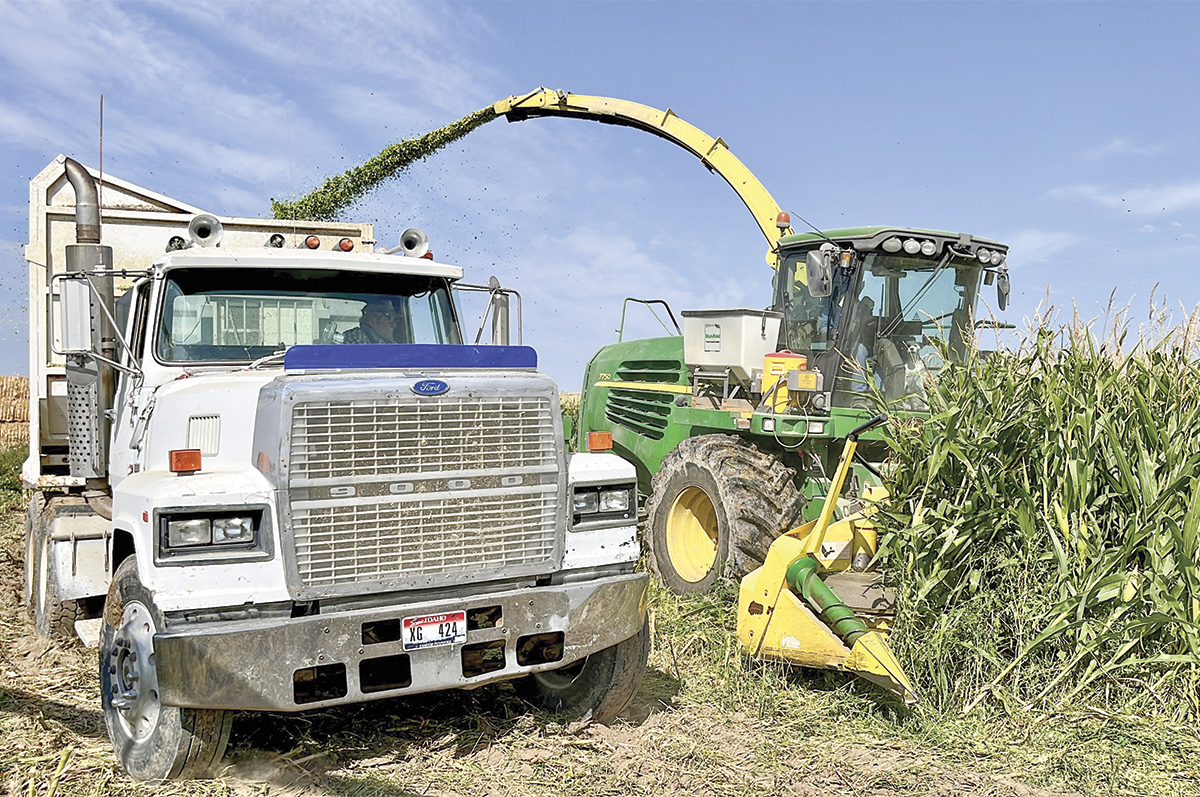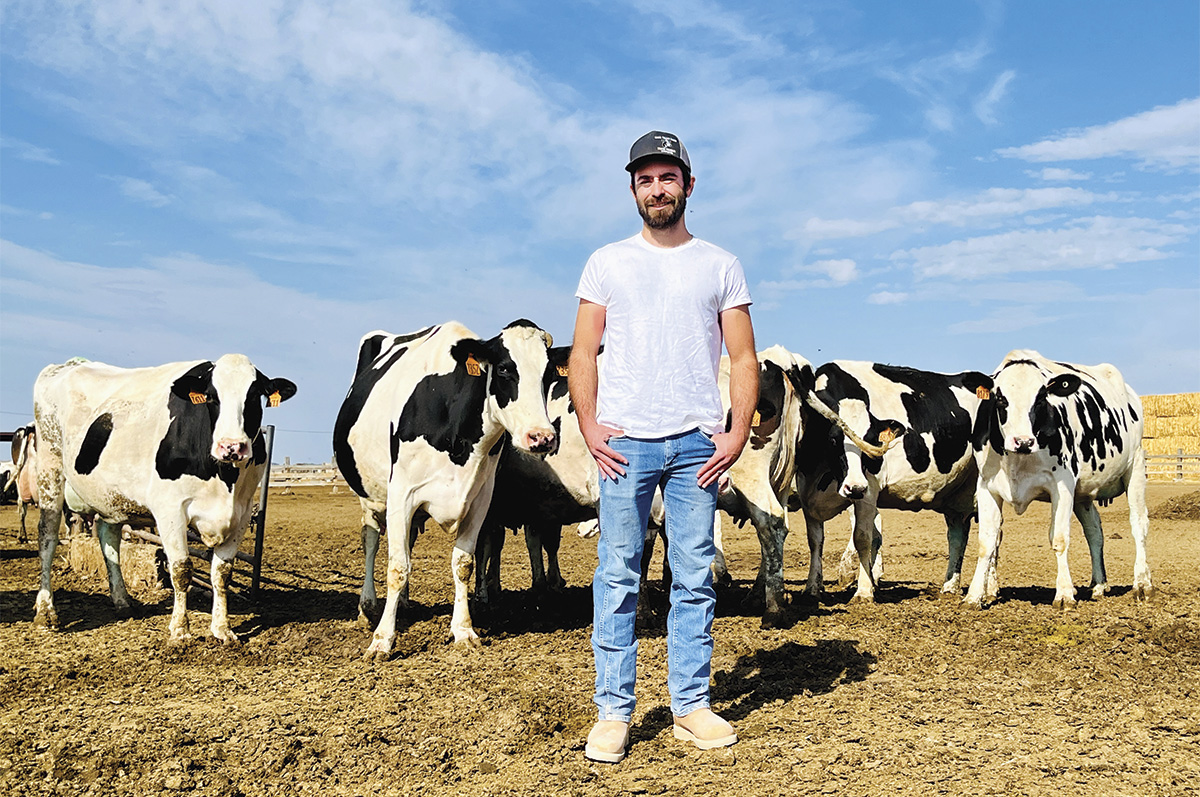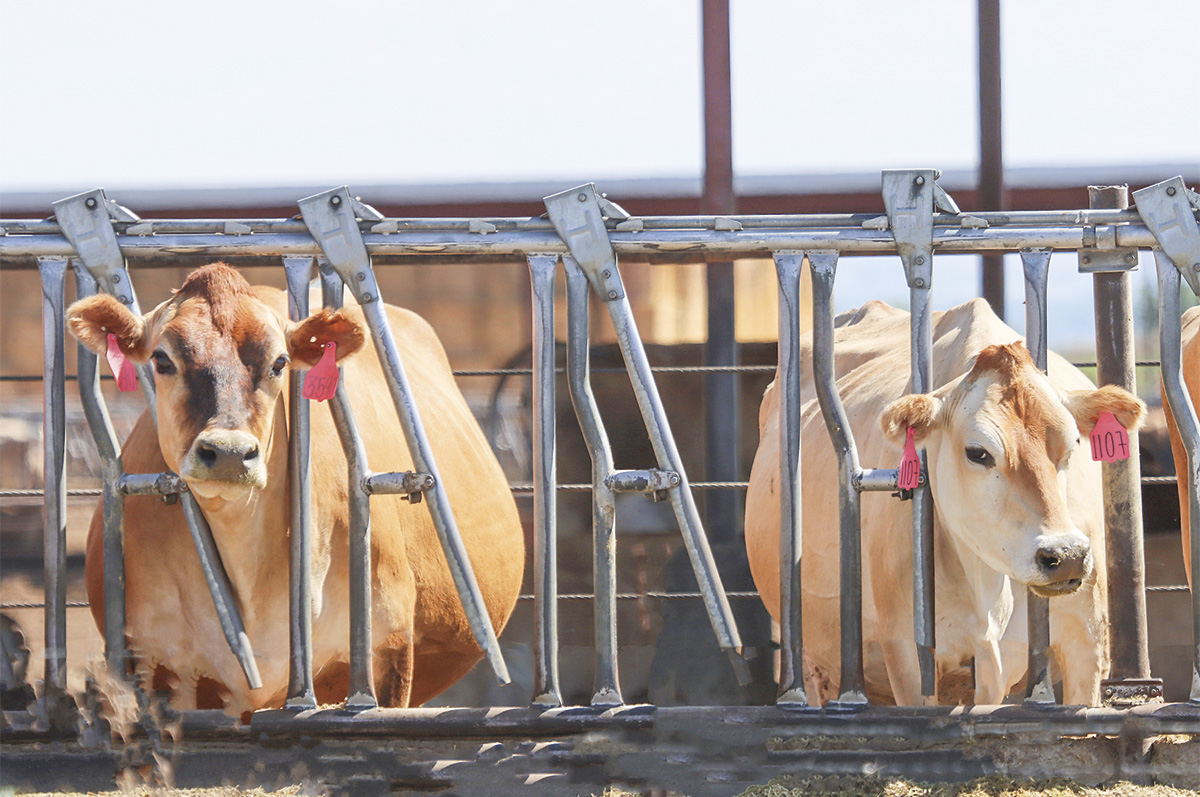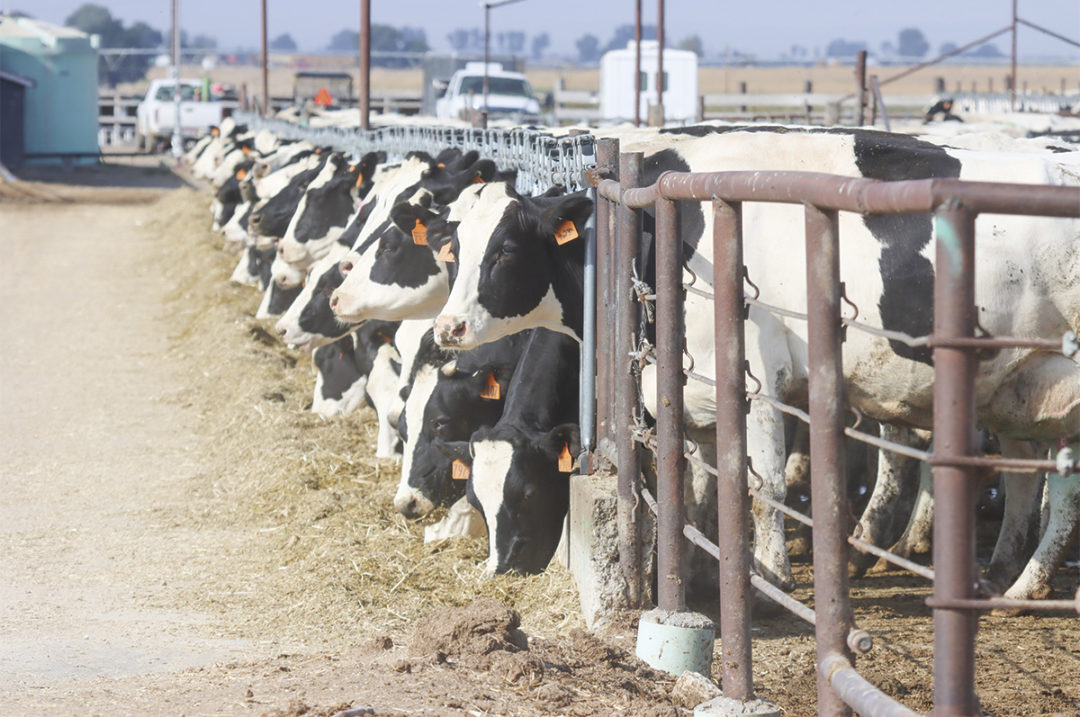If people are asked to name a food that Idaho is famous for, chances are good that potatoes will be the answer. While potatoes are indeed delightful and a huge part of this state’s identity and economy, dairy is Idaho’s biggest ag commodity in terms of farmgate revenue.
There’s one dairy cow for every three Idahoans. While the farmgate value for Idaho dairy products checked in at a record $4.3 billion in 2022, total annual sales from the industry approach $11 billion and about 33,000 jobs, according to the Idaho Dairymen’s Association (IDA).
The dairy industry provides a myriad of benefits to the entire state, from a wide range of high-quality, locally produced products to a huge economic boost. Idaho’s vital agricultural economy benefits from crop diversity, as more than 600,000 dairy cows need fuel to churn out the nation’s third-largest milk output. There’s truly something at stake for every Idahoan in maintaining a healthy dairy industry.
While there’s strength in the long haul, the last two years haven’t been short of drama.
In 2022, milk prices to dairy farmers were at historically high levels, but feed was also very expensive, so the producer’s margin was good, not great. And then, in 2023, a milk oversupply caused prices to plummet to levels below the cost of production in the summer.

The health of the dairy industry has a ripple effect on agriculture in Idaho. Photo by Jim Morris.
“Unfortunately, it was a very rough year for the dairy industry,” says Idaho Department of Agriculture Director Chanel Tewalt. “'Rock bottom' was absolutely a term that I heard many times over. Prices were difficult, but input costs weren’t softer, and that’s especially challenging.”
“Agriculture is not for the faint of heart, and 2023 was really tough for Idaho’s 360 dairy operations,” says Idaho Farm Bureau’s Sean Ellis. “Ag producers take on an enormous amount of risk each year. There are so many things out of their control, and only so much they can do to hedge against it.”
Ellis estimated total farmgate revenue for Idaho milk will finish some 20% to 25% lower in 2023, once figures are tallied, compared to 2022 totals.
“2023 was rough,” says IDA CEO Rick Naerebout. “We bottomed out in the summer months, with milk troughing at about 14 dollars a hundredweight, and that’s with a cost of production at about 21 dollars. We saw some significant losses this summer. We’re faring much better now, but we’re still in negative margins. We’re still not back to where dairymen are making money back to cover those losses. They’re digging into equity to weather this storm, and borrowing against the equity that they have, to be able to continue operations right now.”
Farmers cope in a variety of ways, including increasing their economy of scale by growing their herd, vertical or horizontal integration, keeping financially lean and with value-added products.

Bill Stoltzfus enjoys some ice cream in front of his Cloverleaf Creamery store in Buhl. Photo by Jim Morris.
Bill and Donna Stoltzfus took the latter approach. Relocating from the Pennsylvania Dutch country in the 1990s, they maintained a small registered Holstein herd. While enjoyable, working seven days a week and being price takers, not price makers, proved less than ideal.
That all changed for the better when they bought the old Smith’s Dairy in Buhl, which had been closed for about four years. After nine months of intensive and expensive repair and renovation, Cloverleaf Creamery opened for business in late 2007.
Business has been strong from the start. Cloverleaf is expanding, including in some of the state’s biggest urban centers.
“The decision to start the creamery has been a real highlight of my life,” Bill says. “It very well may have saved our farm.”
“If we do see processing growth, it’s probably in those vertically integrated projects, where you’ve got dairymen looking to figure out how they can capture margin in that next level of the supply chain,” Naerebout says. “For those dairy producers that take the risk, there has definitely been a very good payoff for them.”
Naerebout said Suntado’s state-of-the-art, shelf-stable milk plant under construction near Burley is another recent example of this industry trend.
Despite rough sledding in recent years, industry officials remain optimistic for the longer term, notwithstanding some heady challenges.

Adam Machado stands with his dairy herd near Buhl. Photo by Jim Morris.
“No doubt, we’re going to be strong and growing for the foreseeable future,” Naerebout says. “It won’t be at the aggressive pace of the past because of processing capacity and having enough water to grow silage and hay long term. Even without growing in cow numbers or the number of dairies, there’s still the ability to grow our industry one to two percent, just through genetic improvements.”
Labor availability is another key area to watch.
“If we don’t figure out how to try and create a visa for year-round agriculture like dairy, we do put ourselves at risk of importing the product, as opposed to importing the worker,” Naerebout says.
Whether it’s expertise, marketing savvy, creative partnerships or just plain determination, if you spend any time with Idaho’s dairy industry, you’ll feel their passion and commitment to maintaining the industry.

Jersey cows enjoy an afternoon meal at Bettencourt Dairies in Jerome. Photo by Jim Morris.
“I’m favorable for our future because of the conditions,” says Adam Machado, a dairy farmer in the Buhl area. “Water is available, and the climate is ideal. To me, it’s a matter of bringing processing capacity from outside or producers vertically integrating. I believe there will have to be an additional stream of income for the medium- to smaller-sized milk producer. That can be dairy beef, crops or some other sort of hedge. Just on milk prices alone, it’s going to be difficult, but new processing capacity would change that rapidly.”
And, when Idaho dairy farms and processors do well, the entire state wins.
“In addition to the sheer productivity of Idaho’s dairy industry, there are many commodities supported as well,” Tewalt says. “We should also think about rural economies, where the dairymen and the people who work on dairies buy pickups, buy insurance and are, oftentimes, leaders in their communities. Ag is a beautiful way of life, but it’s also really difficult. Rewarding, but very difficult.”


.jpg?t=1687979285&width=640)


.jpg?height=auto&t=1713304395&width=285)


